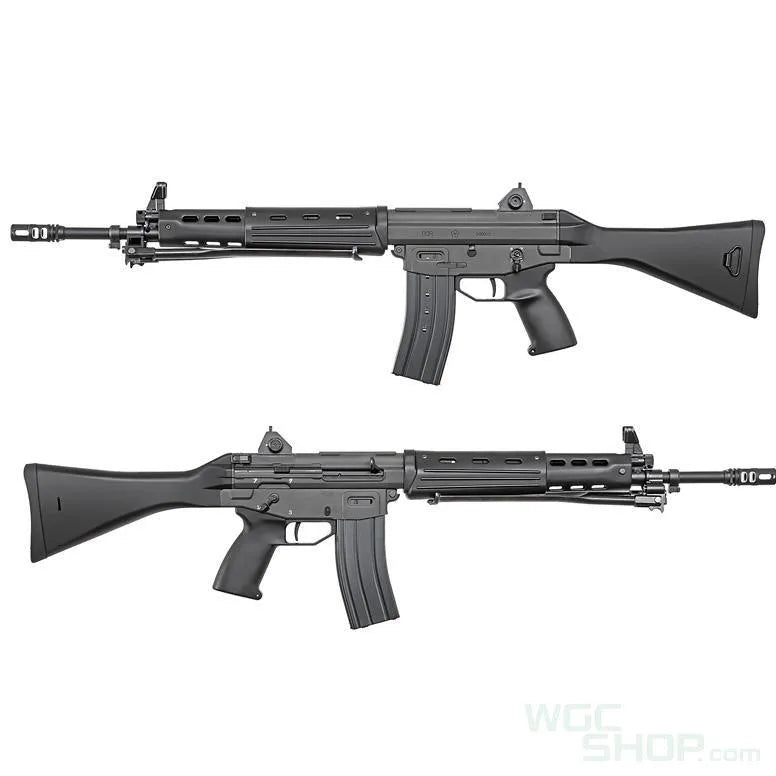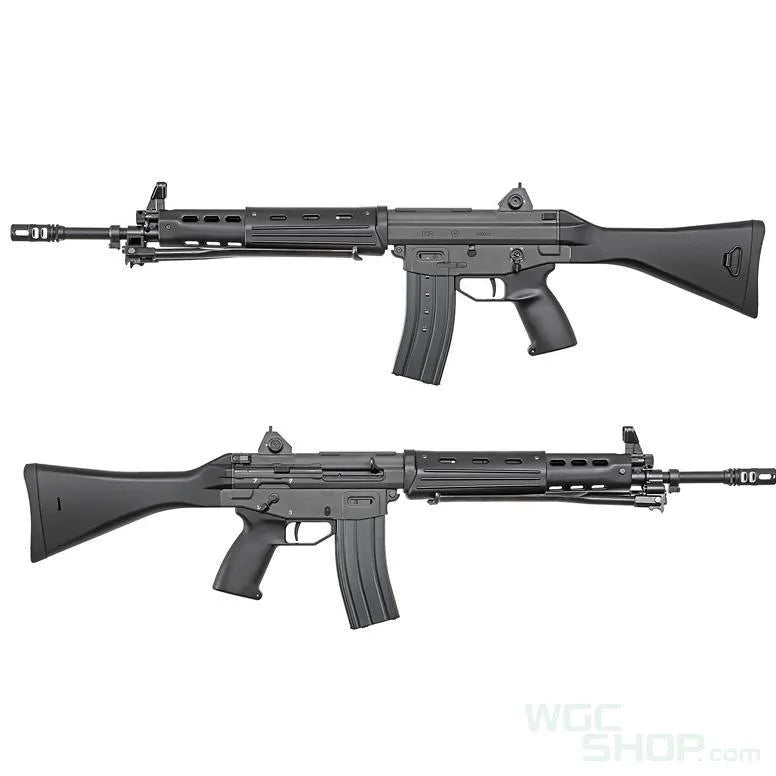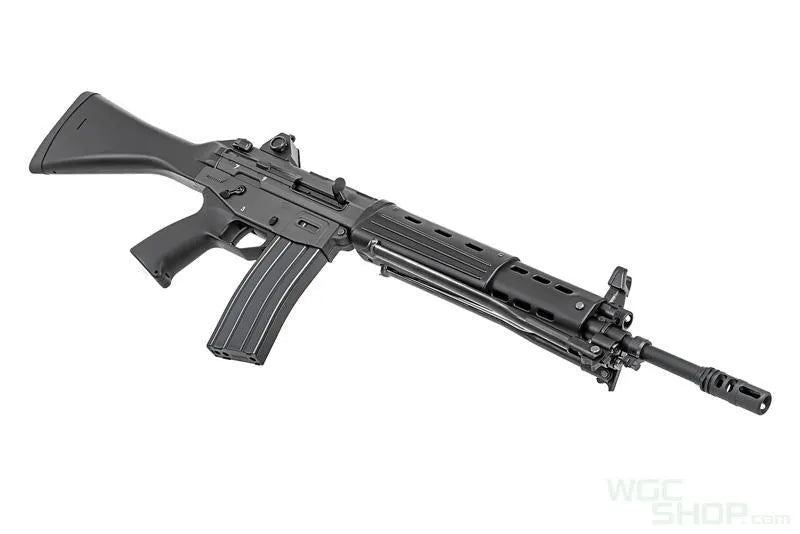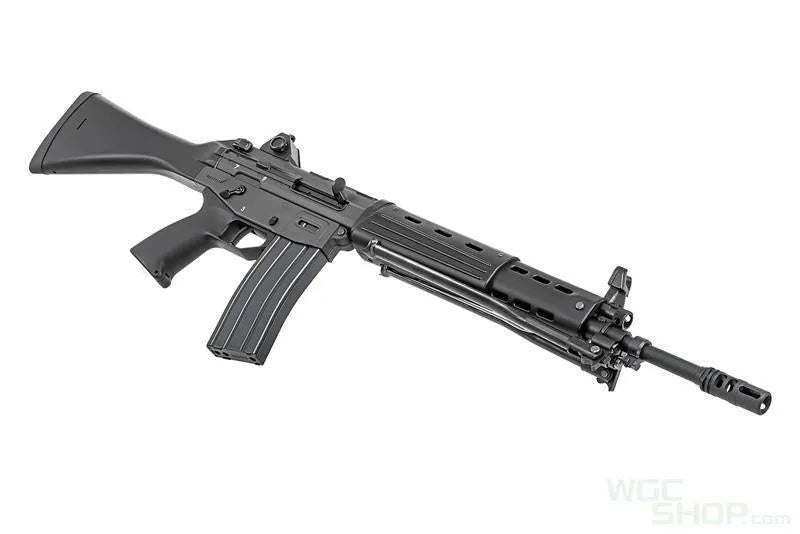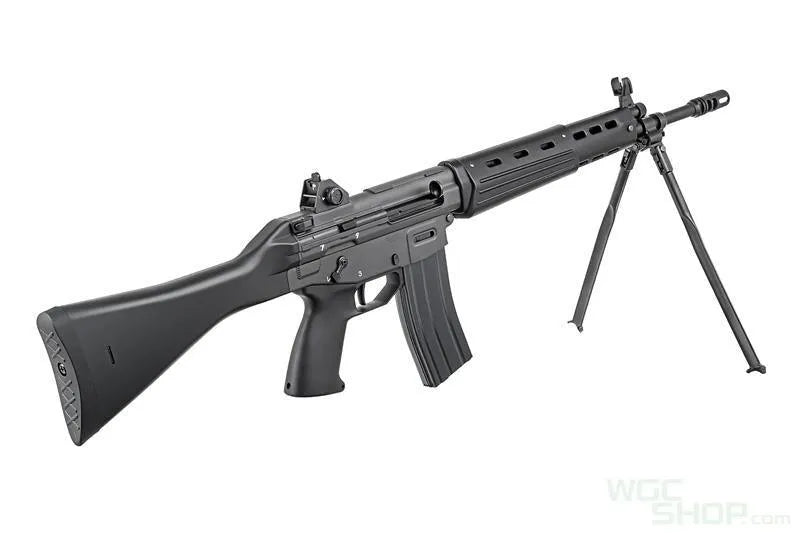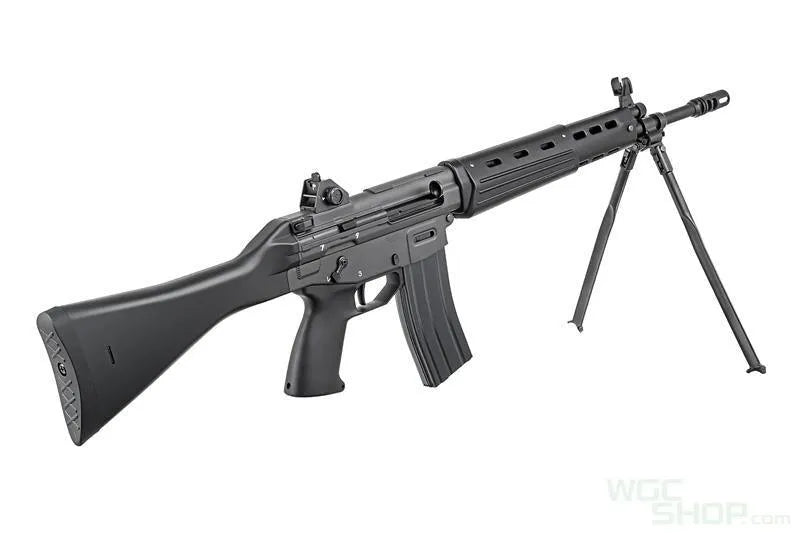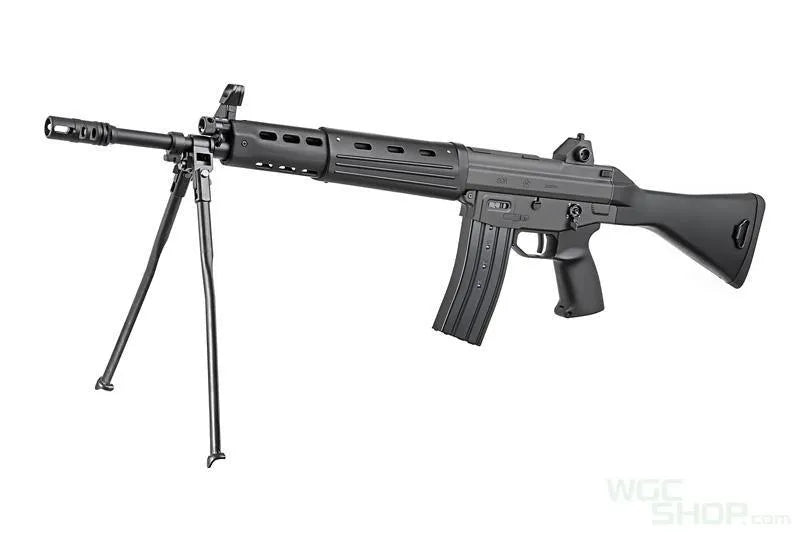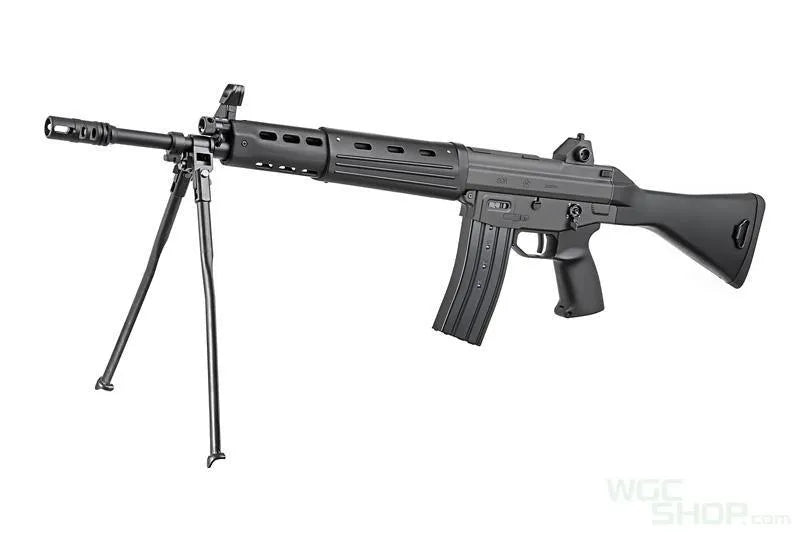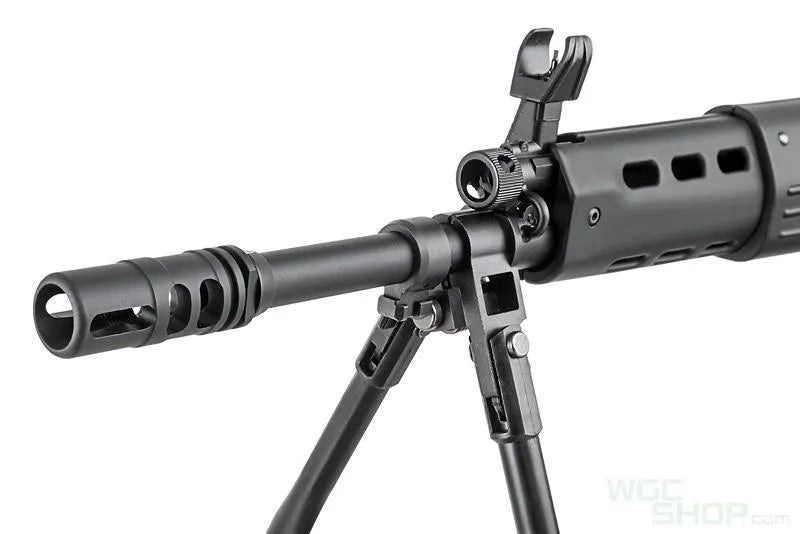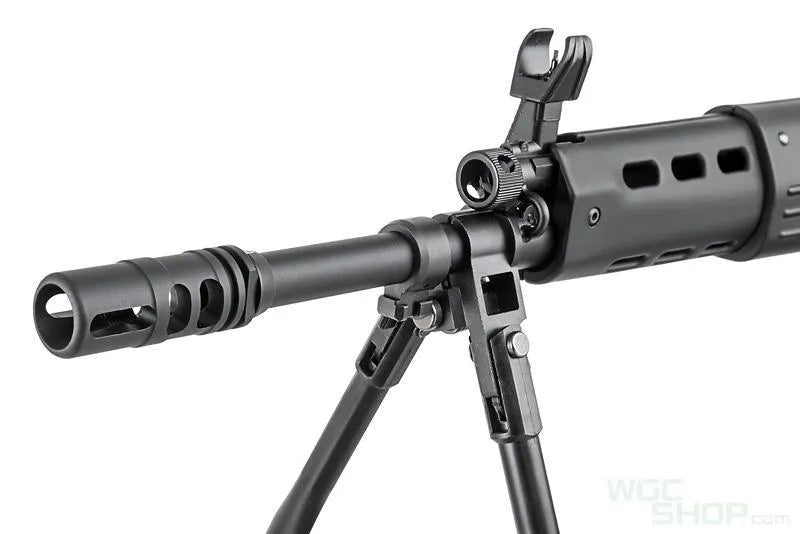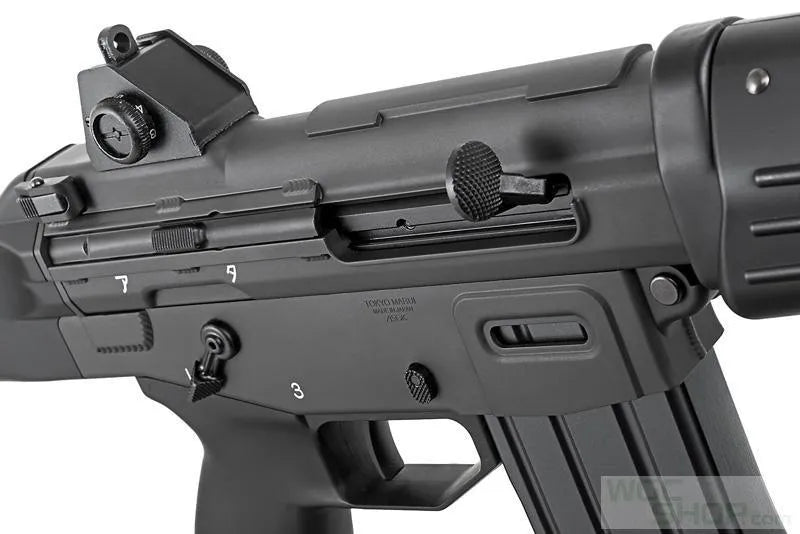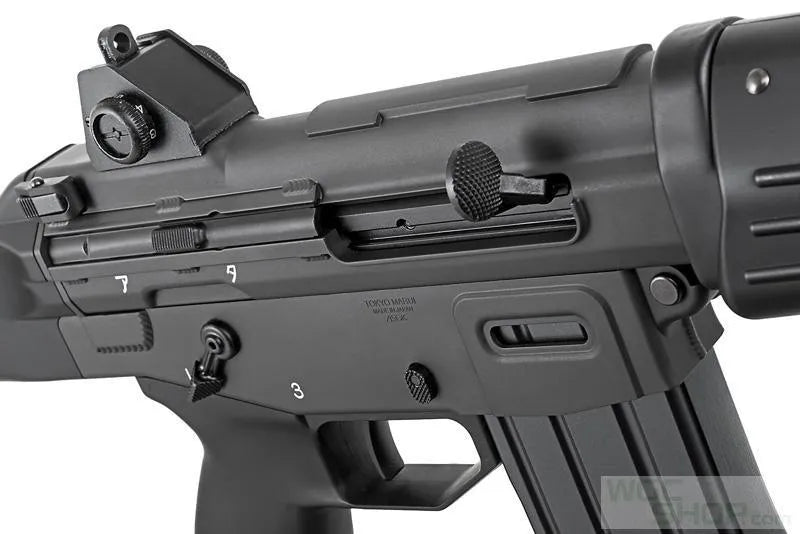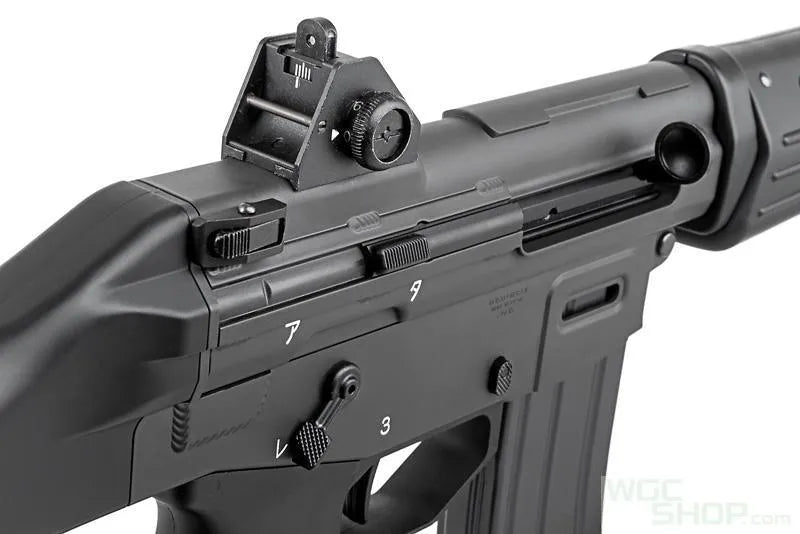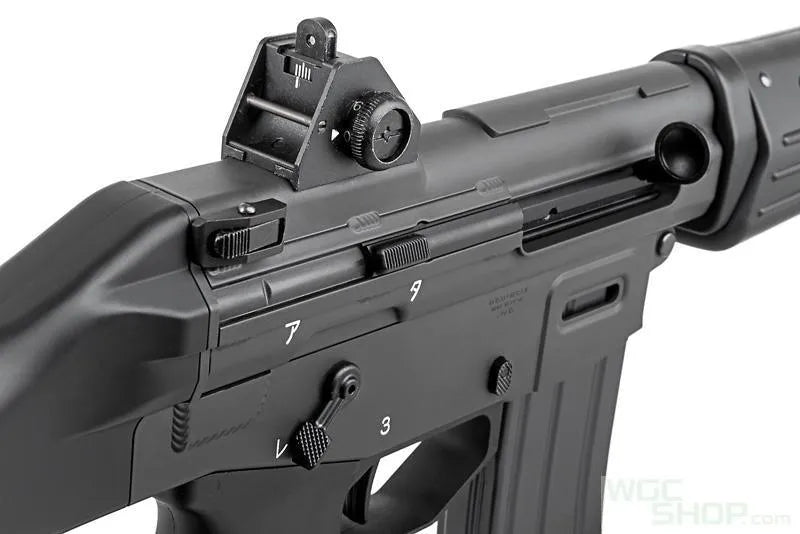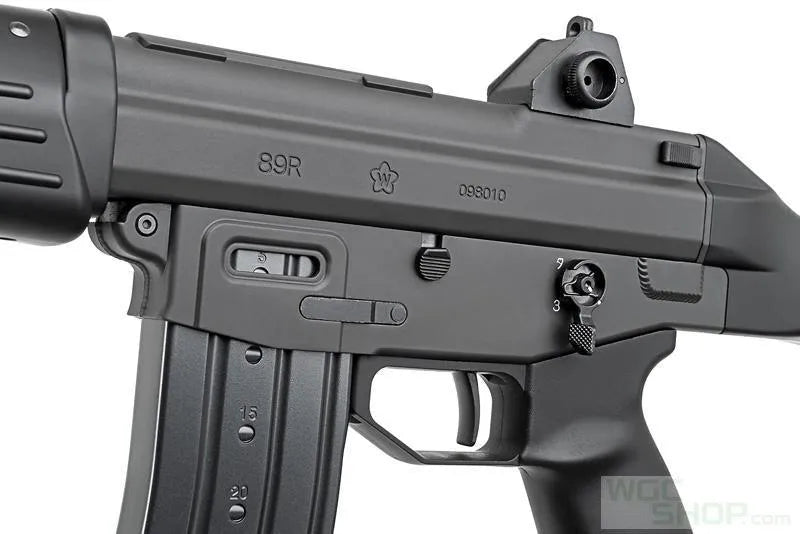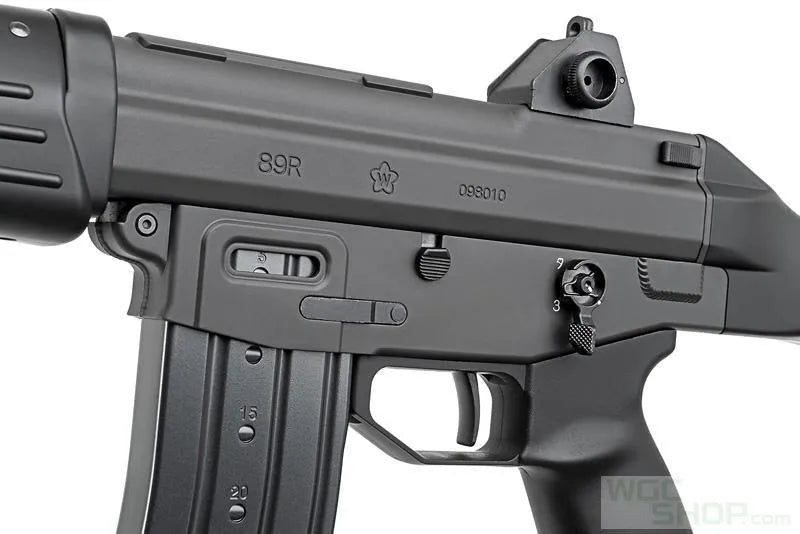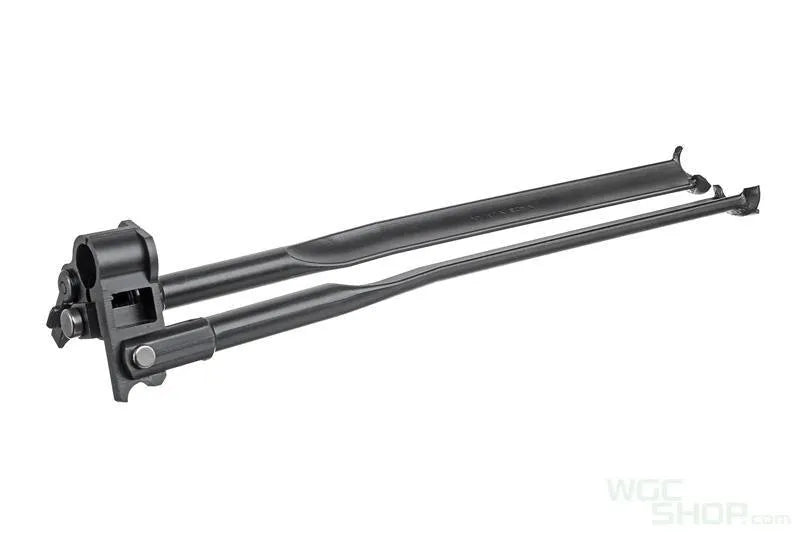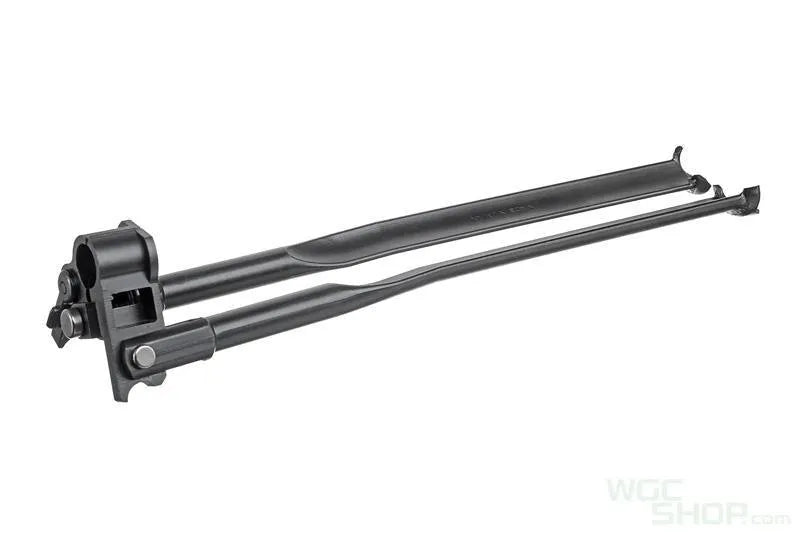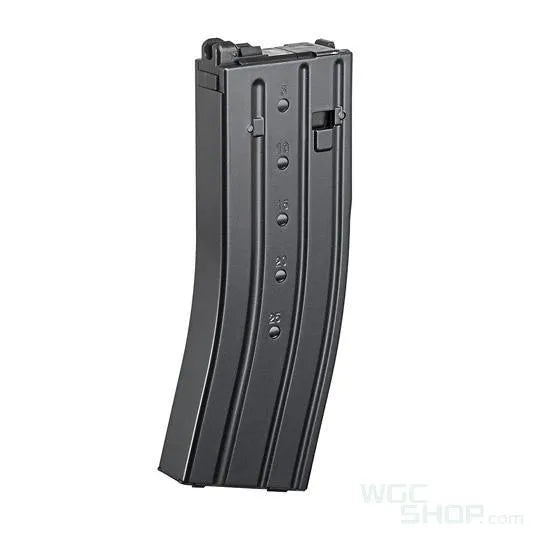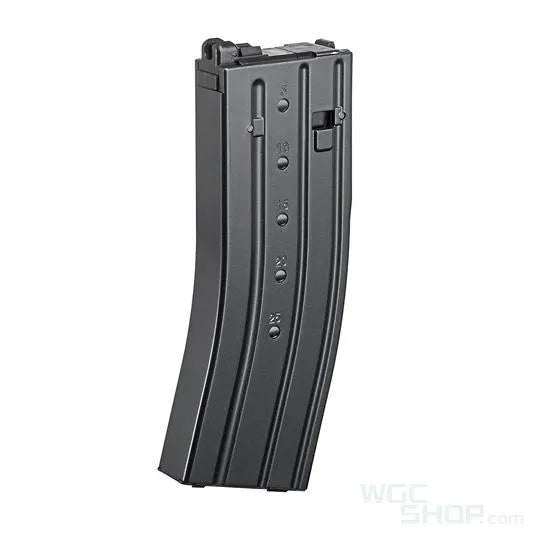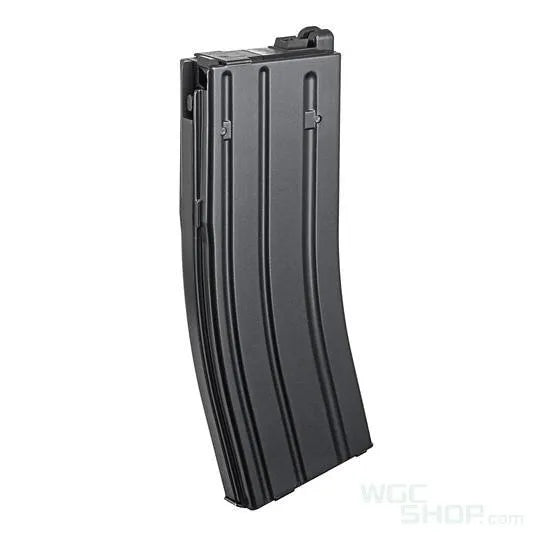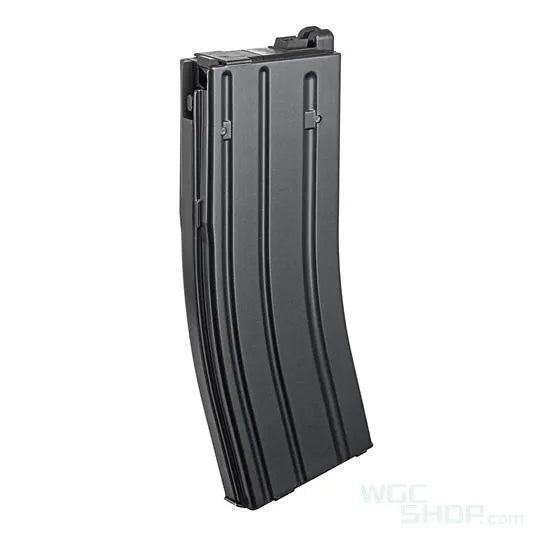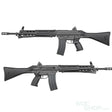TOKYO MARUI | SKU:
TM-GBR-TYPE89
TOKYO MARUI Type 89 GBB Airsoft
$3,547 HKD
単価
/
Unavailable
TOKYO MARUI Type 89 GBB Airsoft はバックオーダー/予約商品であり、在庫が再入荷次第、発送されます。
Region of Origin: JAPAN
受取を利用可能か読み込めませんでした
Build Material: Aluminum Alloy / Fiber reinforced polymer
Magazine Capacity: 35+1 ( 6mm )
Length: 916mm
Barrel Length: 250mm
Weight: 4000g
Fire Mode : Semi Auto / Full Auto / Safety
Hop-up: Adjustable
Muzzle Velocity: Approx. 340-370FPS w/ 0.2g BB bullet
Package Includes: Gun, Magazine, Bipod, Manuals
Type 89 History
During the Vietnam War, the United States military replaced the M14 with the M16 for a variety of reasons, one of the most important being the advantage of increased rate of fire, light weight, and lower recoil of the 5.56×45mm NATO round over the larger 7.62×51mm NATO round. Despite the fact that this shortened the effective range of the average infantryman during a firefight, the 5.56×45mm round (SS109) eventually became the standard of ammunition type for all NATO member assault rifles. In accordance with this, the Japanese Defense Agency began development on their next generation assault rifle to replace the 7.62×51mm Type 64 battle rifle after its 25-year span of service.
Development was handled primarily by Howa since it was already licensed to produce the AR-180 version of the Armalite AR-18 rifle for commercial purposes. In order to determine suitability of the rifle, it was issued in limited numbers to the Japan Self-Defense Forces for field testing purposes. After the data collected from the field testing stage of the AR-18 was examined, formal development of the next-generation assault rifle began with its designation as the HR-16 (HR1604). The HR-15 was the first version of the experimental rifle that would eventually become the Type 89, but was developed concurrently with the HR-10, HR-11 and HR-13 by 1989
Magazine Capacity: 35+1 ( 6mm )
Length: 916mm
Barrel Length: 250mm
Weight: 4000g
Fire Mode : Semi Auto / Full Auto / Safety
Hop-up: Adjustable
Muzzle Velocity: Approx. 340-370FPS w/ 0.2g BB bullet
Package Includes: Gun, Magazine, Bipod, Manuals
Type 89 History
During the Vietnam War, the United States military replaced the M14 with the M16 for a variety of reasons, one of the most important being the advantage of increased rate of fire, light weight, and lower recoil of the 5.56×45mm NATO round over the larger 7.62×51mm NATO round. Despite the fact that this shortened the effective range of the average infantryman during a firefight, the 5.56×45mm round (SS109) eventually became the standard of ammunition type for all NATO member assault rifles. In accordance with this, the Japanese Defense Agency began development on their next generation assault rifle to replace the 7.62×51mm Type 64 battle rifle after its 25-year span of service.
Development was handled primarily by Howa since it was already licensed to produce the AR-180 version of the Armalite AR-18 rifle for commercial purposes. In order to determine suitability of the rifle, it was issued in limited numbers to the Japan Self-Defense Forces for field testing purposes. After the data collected from the field testing stage of the AR-18 was examined, formal development of the next-generation assault rifle began with its designation as the HR-16 (HR1604). The HR-15 was the first version of the experimental rifle that would eventually become the Type 89, but was developed concurrently with the HR-10, HR-11 and HR-13 by 1989
製品品質基準
製品品質基準
エアソフト業界では、製品が完全に100%完璧であることは不可能であり、現実的ではありません。製品の機能や性能、全体的な外観に影響を与えない限り、製品部品のわずかなぐらつき、揺れ、動き、小さな傷、へこみ、変色も標準的な品質の一部とみなされます。
写真と画像の著作権
写真と画像の著作権
WGCShopは法的措置を追求する権利を有します。

